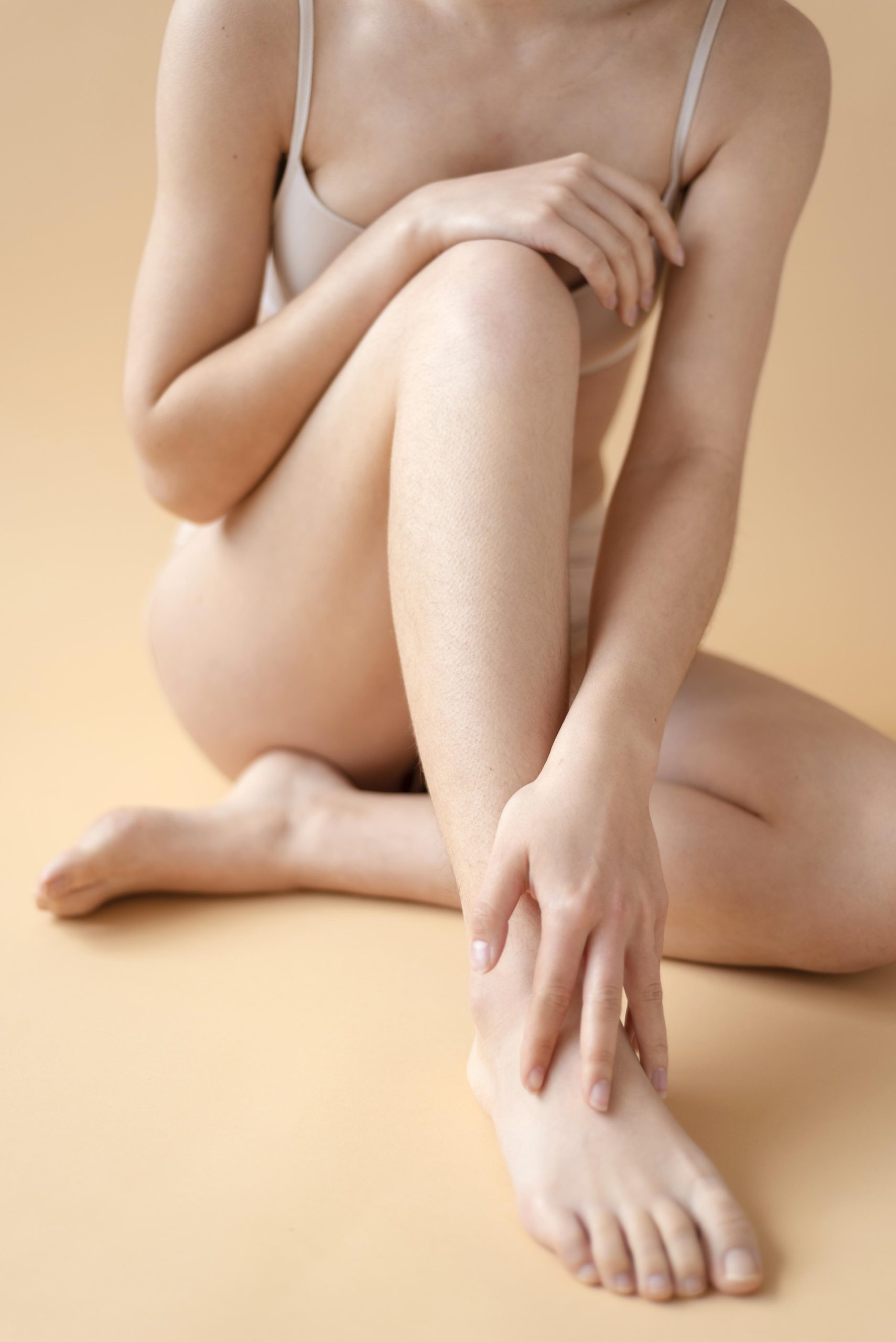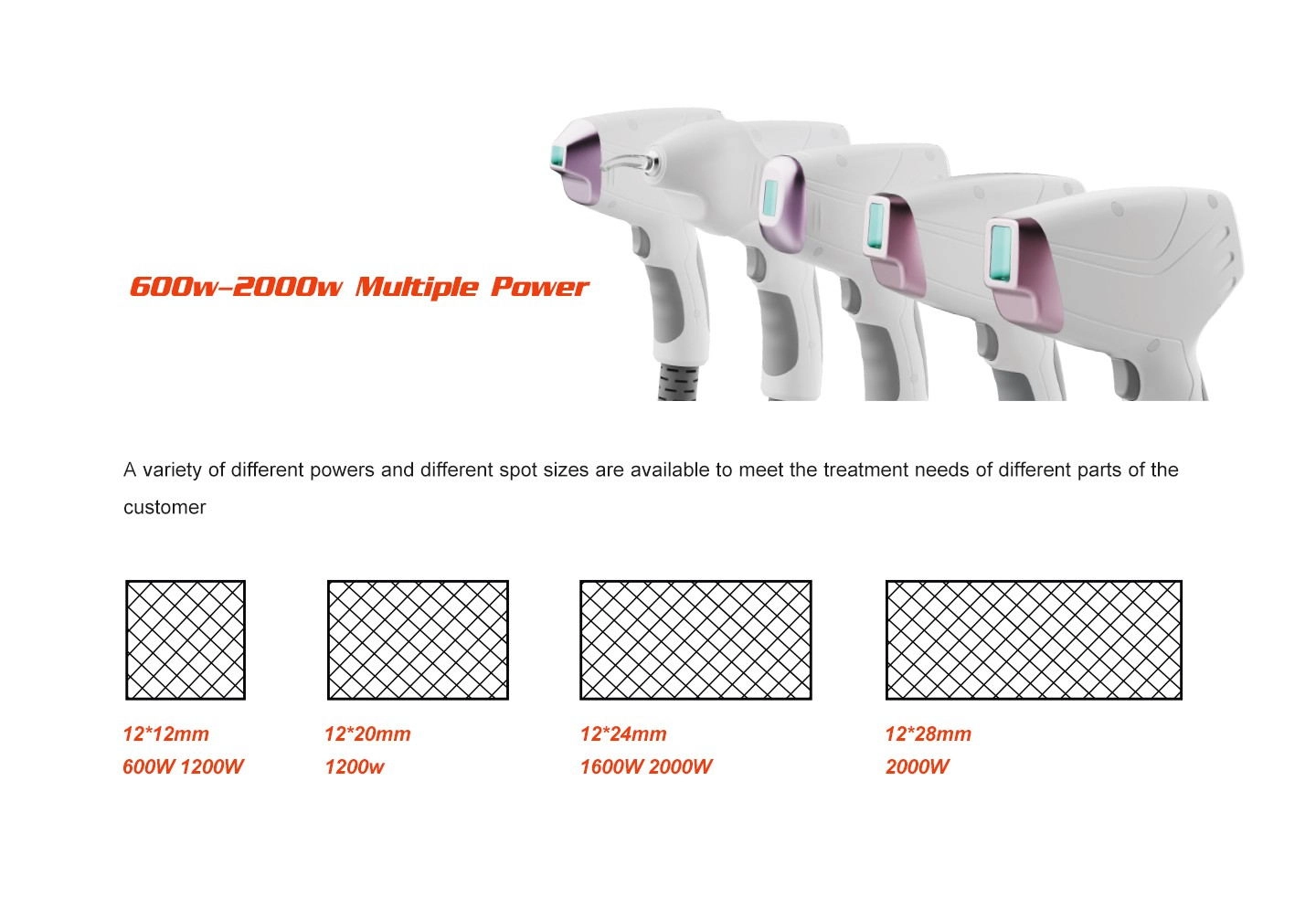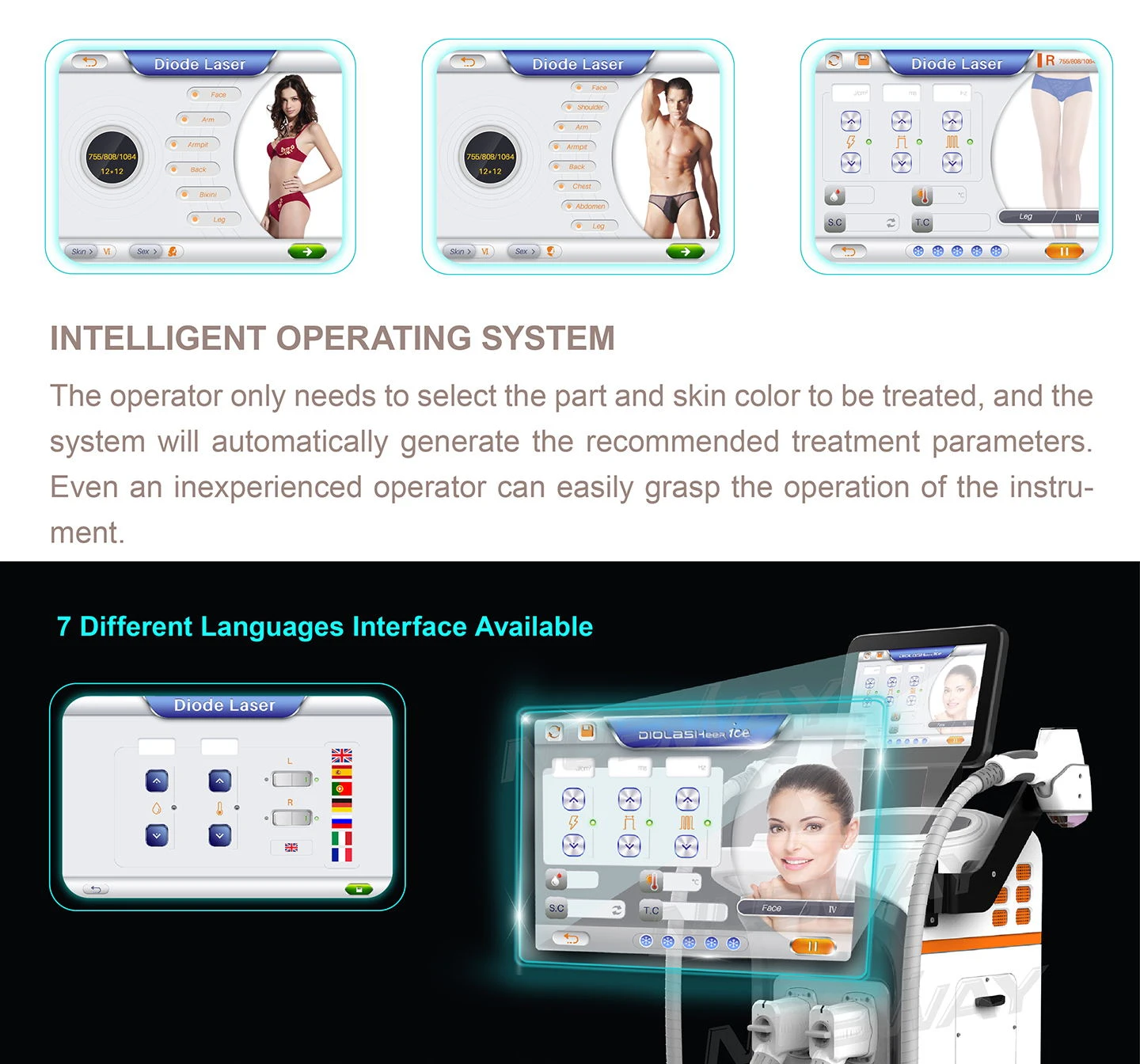Which Laser Offers the Strongest Hair Removal Results?
The pursuit of silky and flawless skin has driven a wave of innovation in hair removal technology. Among numerous advanced technologies, diode lasers and IPL stand out, completely changing the limitations of traditional shaving, beeswax and other temporary hair removal methods, bringing more durable and effective solutions. This article will delve into the core differences between these two technologies, from their working principles to innovative breakthroughs, revealing the mysterious veil of professional hair removal techniques for you.

Analysis of Diode Laser Hair Removal Technology
The basic treatment principle of diode laser hair removal device is selective photothermal decomposition. The outer hair root sheath in the hair follicle is rich in melanosomes, which can selectively absorb the energy of the laser. The laser emitted by this device is easily absorbed by colored hair follicles without damaging the surface tissue. The energy emitted by the light is absorbed by the hair and pigments in the hair follicle and converted into heat, thus increasing the temperature of the hair follicle. When the temperature rises to a certain level, the hair follicle will be irreversibly damaged, thus achieving the goal of permanent hair removal. The growth of hair is divided into growth phase, regression phase, and resting phase. The three periods are cyclical. Laser is only effective for growing hair and has no effect on regressing and resting hair. Generally speaking, hair during the growth period accounts for 1/5 to 1/3, so laser or photon treatment must be performed continuously for about 5 times to completely remove hair.

Analysis of IPL Hair Removal Technology
Strictly speaking, IPL (Intense Pulsed Light) is not a true laser technology. Its working principle is to emit a wide spectrum of composite light waves, and this multi wavelength characteristic results in energy being dispersed in the skin and hair areas. This non focal energy distribution has significant drawbacks: on the one hand, it causes a large amount of energy loss, and on the other hand, it has a low selective absorption efficiency for melanin in hair follicles, significantly weakening the hair removal effect. What is more noteworthy is that due to the characteristics of broad-spectrum light waves, if a complete epidermal cooling system is not equipped, it is more likely to cause adverse skin reactions during the treatment process.

The Core Differences Between Diode laser and IPL Laser
From the above technical principles, it can be seen that there are significant differences between the two hair removal methods: IPL technology usually requires more frequent long-term treatment to achieve the desired effect, while diode laser, with its precise energy output and integrated cooling system, not only has higher treatment comfort, but also is suitable for a wider range of people. Specifically, IPL is most suitable for people with light skin color and dark hair, while diode laser can safely act on more combinations of different skin colors and hair types, with advantages in both efficacy and safety.
Which is Better for Hair Removal?
In the field of hair removal technology, traditional IPL was once popular due to its cost advantage, but its limitations in power and cooling system resulted in poor treatment efficacy, high risk of side effects, and poor comfort. In contrast, diode laser hair removal technology brings more ideal hair removal effects due to its excellent performance. Compared with traditional IPL, diode lasers not only have stronger power and faster treatment speed, but their ultra high speed pulse technology can also accurately target various types of hair. The most surprising thing is that this technology is suitable for people of all skin types and hair colors. The intelligent cooling system equipped during the treatment process can continuously protect the epidermis, ensuring a comfortable and painless whole process, allowing you to achieve precise destruction of hair follicles in an easy experience, and completely say goodbye to the problem of excess hair. This safe and efficient feature makes diode lasers the preferred solution for modern gold removal standards.

Essential Pre-Treatment Guidelines for Laser Hair Removal
To ensure the best treatment effect, you need to make the following preoperative preparations before laser hair removal:
- Hair pretreatment
- Please shave the hair at the treatment site 24 hours before treatment (leaving 1-2mm roots)
- It is strictly prohibited to use beeswax, tweezers, or thread carving to damage the hair roots within 4 weeks before treatment.
- Skin condition management
- Keep your skin clean and dry on the day of treatment
- Avoid using any cosmetics/skin care products/antiperspirants in the treatment area
- Stop using tanning products (including spray tanning and sun like lotion) 2 weeks in advance
- Stop using irritating skin care products containing fruit acid and retinoic acid 3 days before treatment
- Special precautions
- If there are wounds or inflammation in the treatment area, please inform the doctor in advance
- It is recommended to wear loose clothing to the clinic
- Avoid vigorous exercise and high-temperature bathing before treatment
Q&A
Q: How many times should hair removal be done and how long should it be separated?
A: There are three stages in the hair growth cycle: growth period, regression period, and dormancy period. Only hair in the growth period can be effectively removed. The three growth cycles of hair alternate, and the length of each cycle varies in different parts of the body. After extensive clinical research, the hair removal interval is 30 days, and the hair removal rate is the highest, requiring 4-6 complete removal.
Q: Do thicker hair require more optical hair removal?
A: No, hair removal is not determined by the amount of hair. Depending on the hair growth cycle, generally 4 to 6 hair removal treatments can permanently remove the hair.
Q: What season is more suitable for hair removal?
A: Hair removal is wound free, does not require a recovery period, and can be treated at any time. Theoretically, it is non seasonal. However, hair removal requires multiple treatments, so it is recommended that you seek treatment as soon as possible so that you can wear summer clothes and showcase your beauty freely in the summer!
Q: What are the reactions of the skin after hair removal?
A: After receiving treatment, there may be a slight redness, which will subside after a few hours and will not cause skin damage or affect work and normal activities.
Q: Will hair removal affect sweating?
A: It won’t. Hair follicles and sweat glands are two independent structures, with hair growing from the follicles and sweat glands located next to the follicles. They are not the same thing. The process of hair removal only destroys the growth cells of hair follicles and does not affect sweat glands or sweating.





